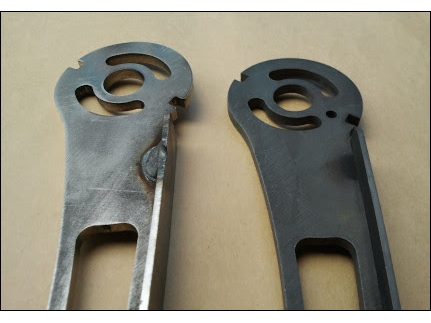 November 21 2024
November 21 2024
What is Zinc Phosphating?
Zinc phosphating is a surface treatment process applied to metal surfaces to create a protective layer and prepare the surface for painting or coating. During this process, a thin and porous layer of zinc phosphate (Zn₃(PO₄)₂) forms on the metal surface. This layer provides corrosion resistance and improves the adhesion of coatings.
Cleaning:
Contaminants such as oil, dirt, and oxides are removed from the metal surface using chemical or mechanical methods.
Phosphating Bath:
The metal is immersed in or sprayed with a solution containing zinc phosphate. Chemical reactions occur, forming the zinc phosphate layer on the surface.
Rinsing:
Excess chemicals are washed off the surface.
Coating or Painting:
The phosphated surface is ready for the application of paint, powder coatings, or other protective materials.
The chemicals used in zinc phosphating require careful waste management. Effluents should be treated properly to minimize environmental impact and disposed of according to regulations.
Zinc phosphating is an effective method for protecting metal surfaces and enhancing coating performance. It is widely used in industries aiming to produce durable and long-lasting products.